What is Hydrotherapy and How Does it Work?
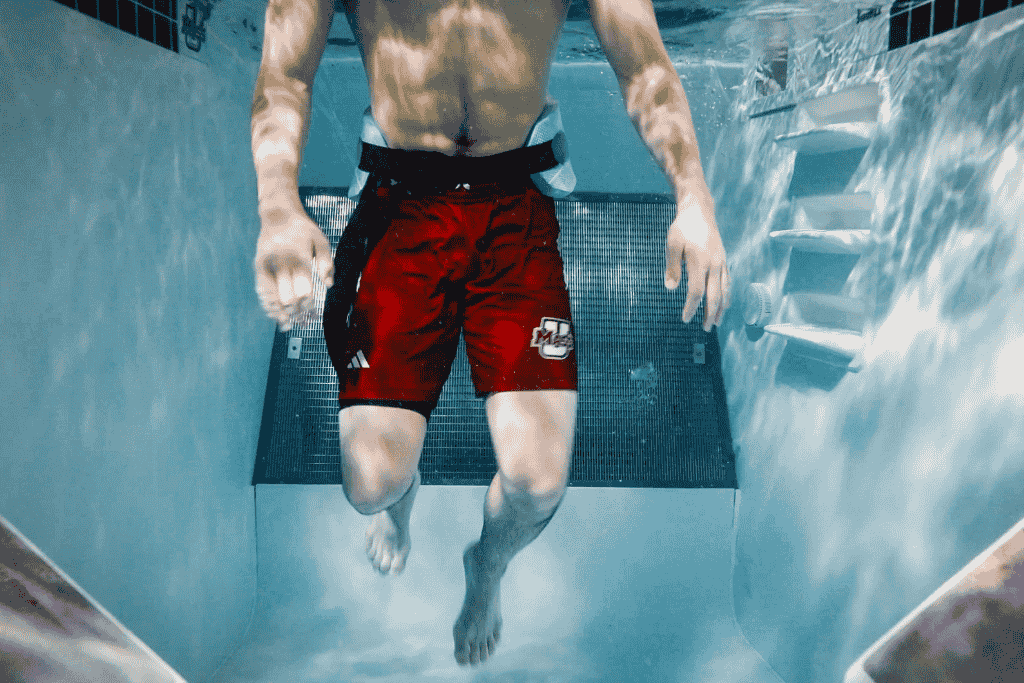
- Training and conditioning athletes.
- Treating common health conditions.
- Rehab post-surgery or following an injury.
- Veterinary rehabilitation.
Buoyancy
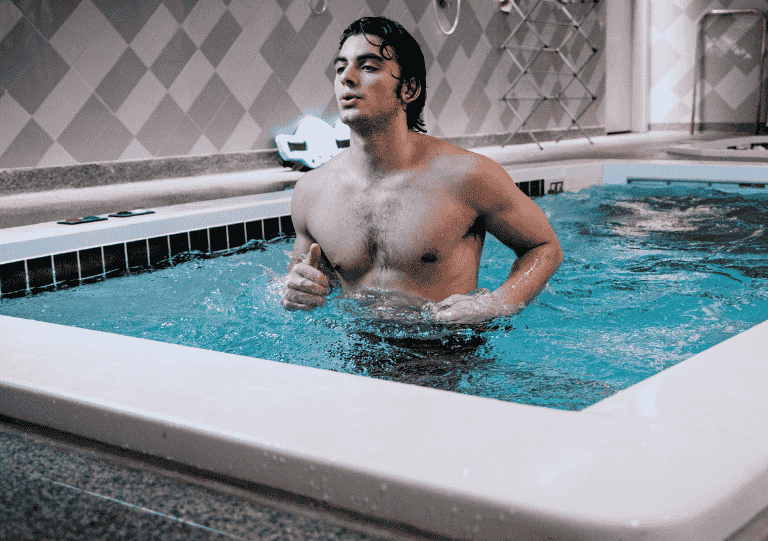
Buoyancy creates a weightless environment that alleviates pressure on joints, supports weak muscles, and improves balance deficits.
Buoyancy is the ability to float in water. The deeper you go, the less weight you have to bear. Based on buoyancy principles, an athlete immersed in water up to their neck bears 10% of their body weight. If the water is at chest level, they bear 25% of their weight, and if the water is at hip level, they bear 50% of their weight.
Water’s zero-impact environment is ideal for getting in shape or recovering from an injury. Weightlessness means an athlete can get an intense workout with less joint stress and pressure. Stretching out tight muscles is much easier because the buoyancy of water helps to improve the range of motion.
In addition, athletes can rehabilitate without further straining injuries. Taking weight off any injury allows for therapy protocols to begin much sooner than traditional land-based treatments. This means they can rehabilitate faster, stay in shape during recovery and are ready to play as soon as they heal.
Viscosity
Viscosity is a fluid’s resistance against an object. In this case, water. The resistance or drag of water, combined with hydrostatic pressure and buoyancy, creates the ideal environment for training and therapy.
Exercises in water provide up to 15 times more resistance than the same exercises on land. When a water current with varying speeds is added, this can ramp up the intensity of workouts or create treatment protocols to help athletes successfully progress through different stages of recovery.
What is hydrostatic pressure?
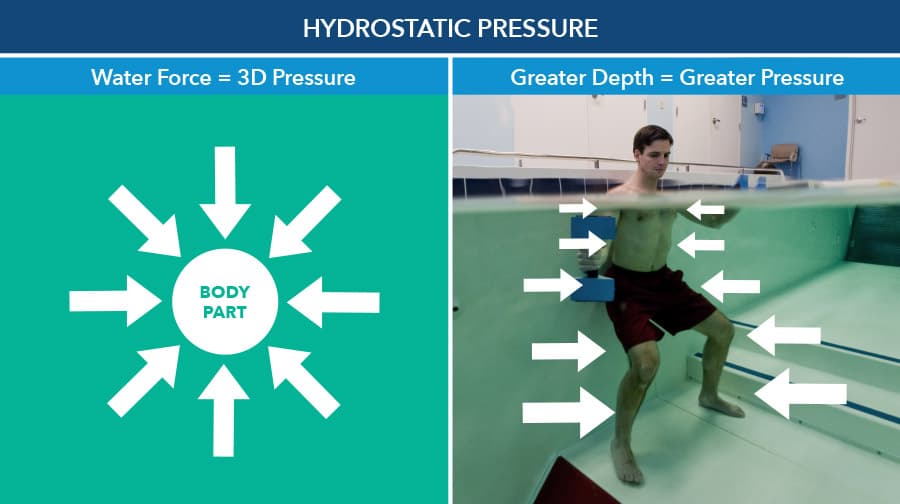
Hydrostatic pressure is a “3D” force that applies in all directions. This is important, particularly in hydrotherapy, because of the support it provides all surface areas of body parts submerged in water.
Hydrostatic pressure increases or decreases depending on how far a person or object submerges in a fluid or more typically, in water.
In the image above, the man’s ankles submerge deeper than his waist. Because his ankles are deeper in the water, the water exerts more pressure on his ankles.
Therefore, his ankles are experiencing a higher amount of hydrostatic pressure than his waist. Conversely, his shoulders (or other body parts not as deep in the water) are experiencing less pressure.
Find out more about the benefits of hydrostatic pressure in hydrotherapy.
* Co-written by Jaeson Kawadler, PT, DPT, OCS – senior physical therapist at Brigham and Women’s Hospital in Boston, MA. Jaeson specializes in biomechanics, orthopedic injuries, and aquatic therapy.
Hydrotherapy exercises
From simply floating in warm water for relaxation to upper body exercises, running, conditioning, and sports-specific drills, there is no limit to what can be accomplished with pool exercises.
In most instances, any land exercise can be modified for the water. When exercises are performed in SwimEx water therapy pools, which have a programmable water current, sessions can progress in intensity and outcomes can be accurately monitored and measured.
The exercises, treatments, and videos we have available make it easy for anyone to capture the power of water.
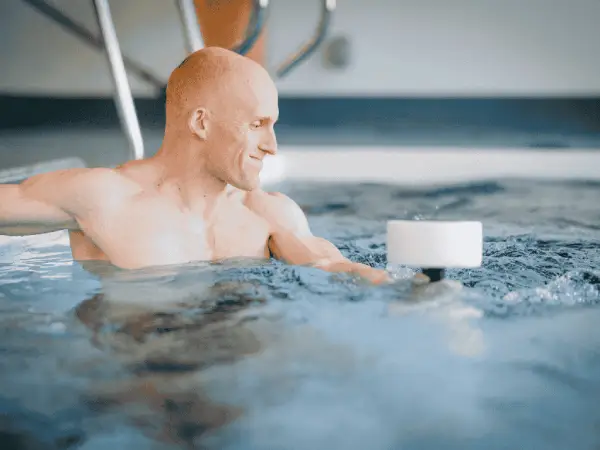
SwimEx water therapy pools
Resistance pools
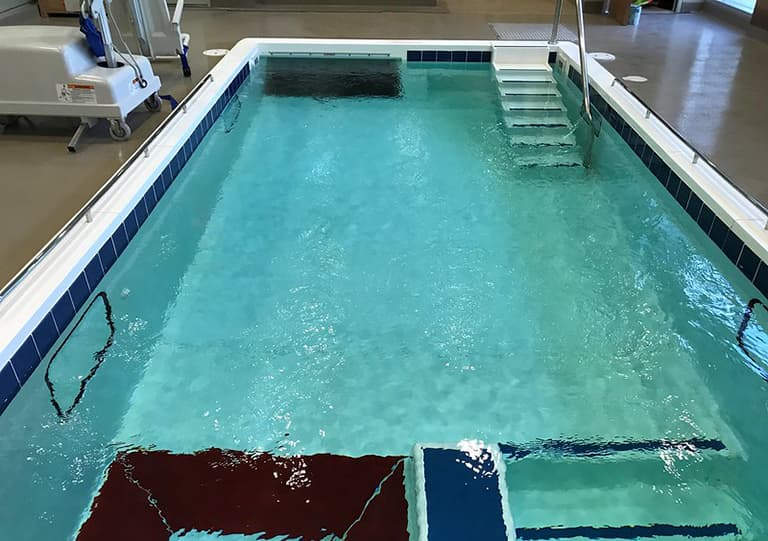
Our warm water resistance pools provide additional support, increase intensity, and maximize versatility. They typically vary in depth and offer different performance zones for walking, running, swimming, full body exercises, and deep water treatments. Some are large enough to offer group classes and accommodate multiple users in the same therapy session.
Water currents are also highly effective in a home exercise pool. You get the versatility of a traditional pool with more functional capabilities but in a smaller body of water.
Plunge tanks
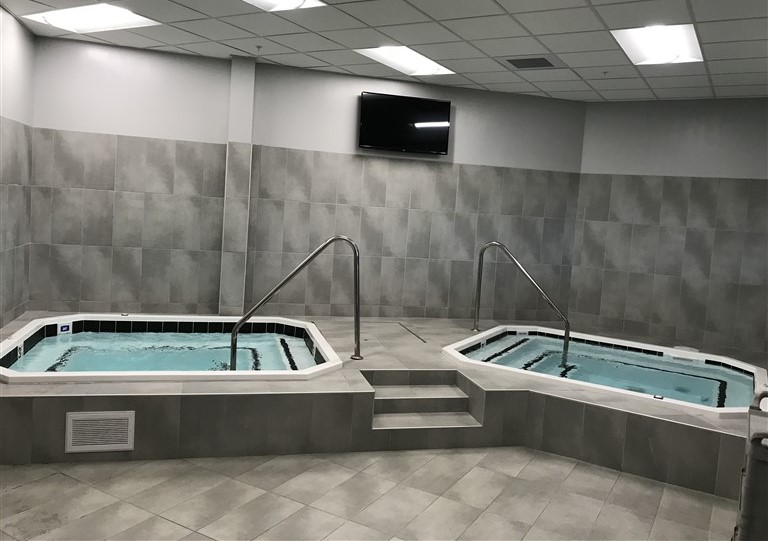
Our hot or cold water plunge tanks are designed to maximize rehabilitation and recovery. Cold plunges control lactic acid build-up to minimize muscle inflammation, pain, and soreness during post workout recovery.
Hot plunges used before working out help to increase blood flow, flexibility and muscle relaxation. These characteristics help decrease muscle strain, promote rehabilitation of injury, and lead to a more productive exercise session.
Champions choose SwimEx – see what they say.
Find out how we can help you design a hydrotherapy room at your facility.
